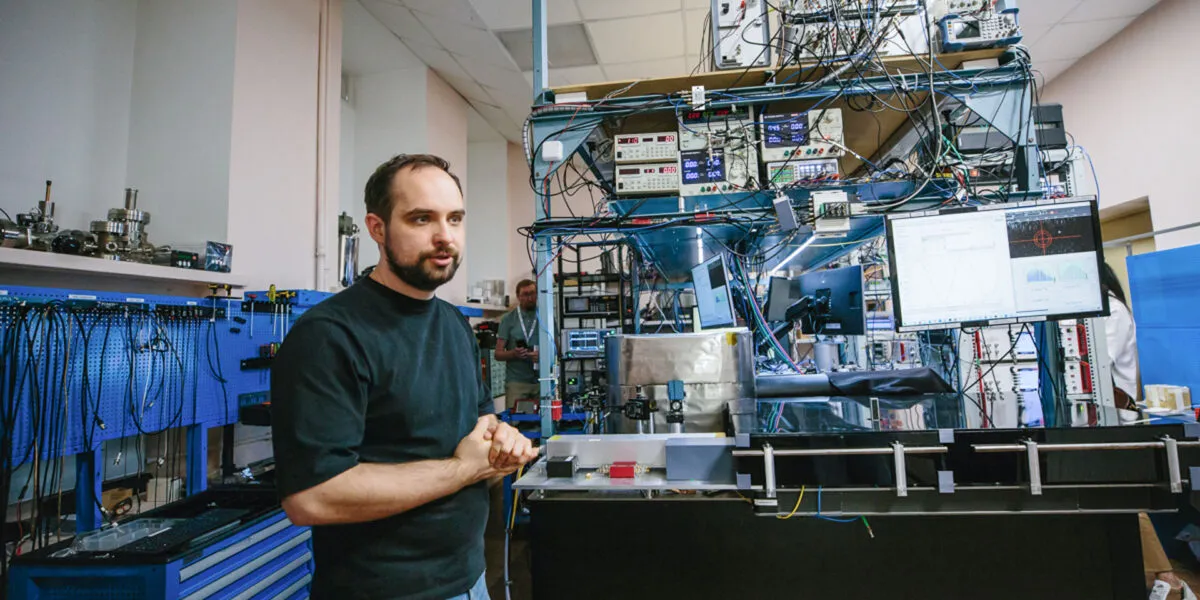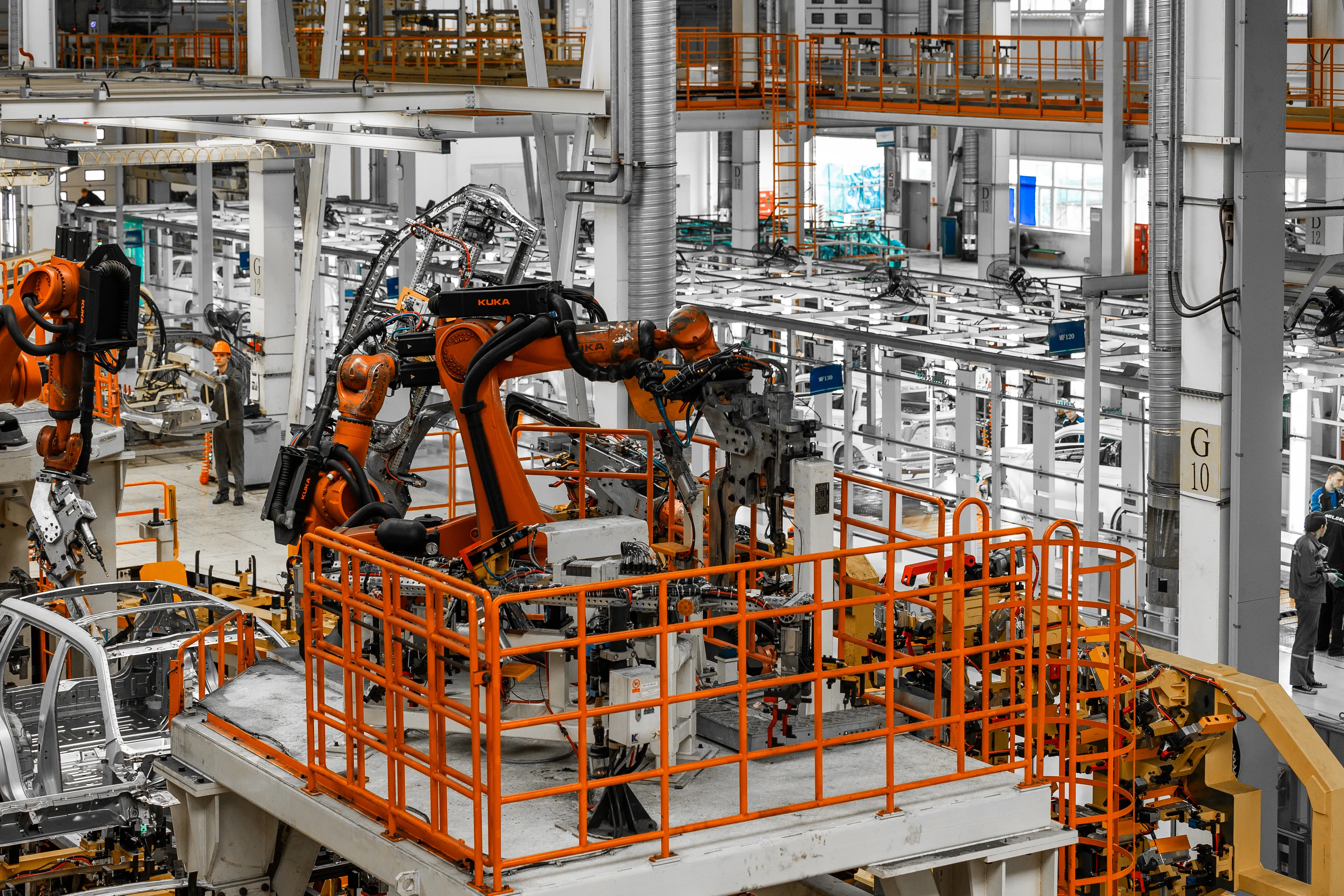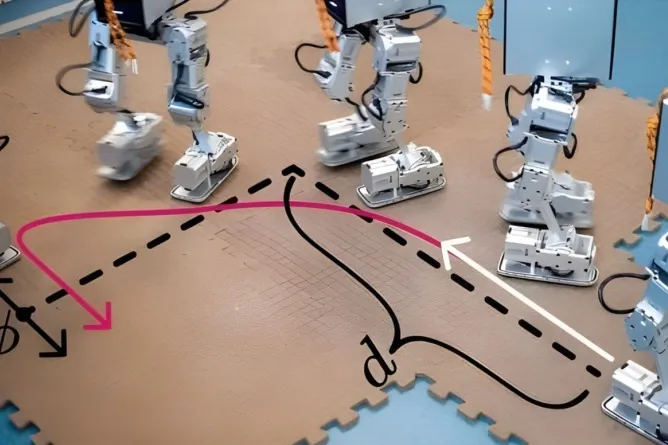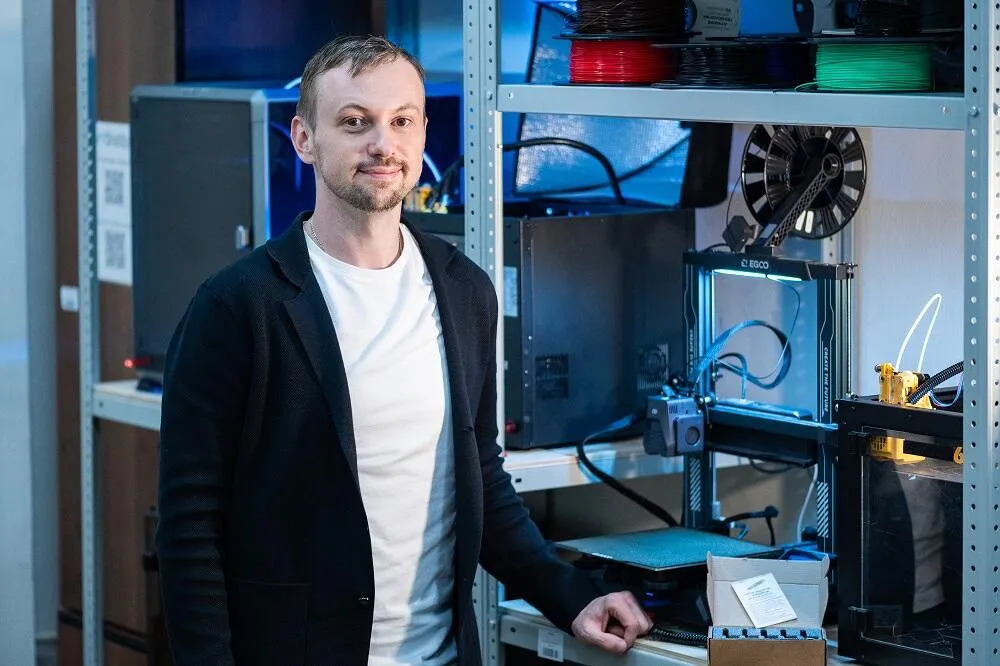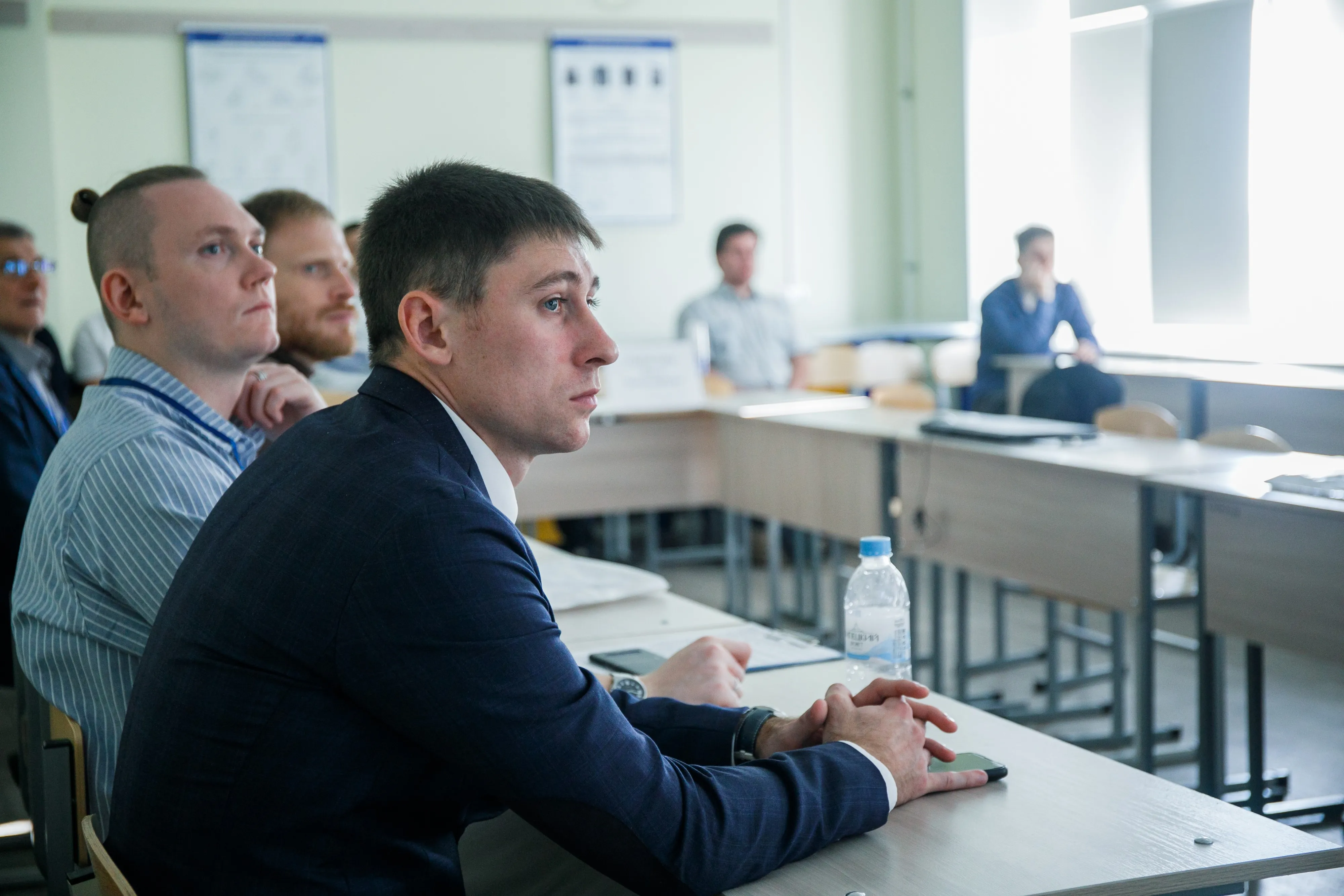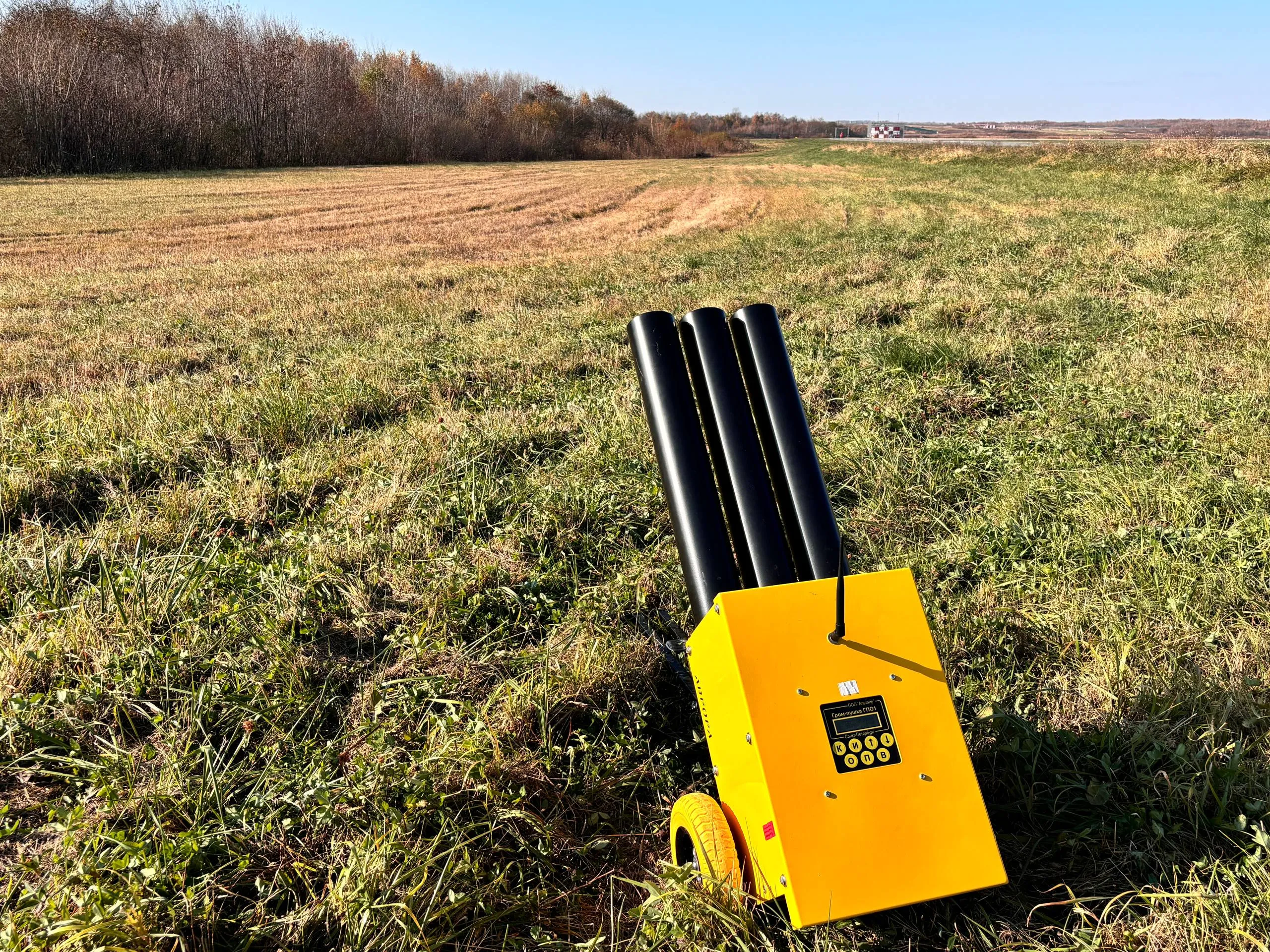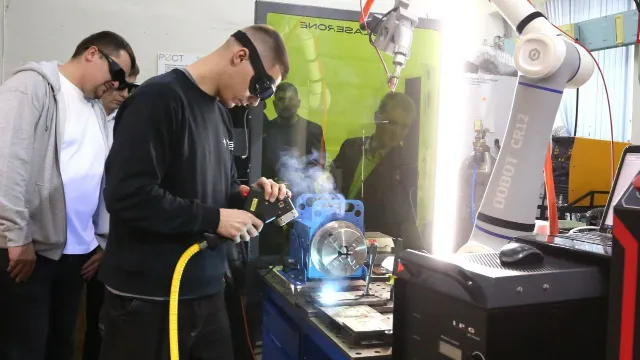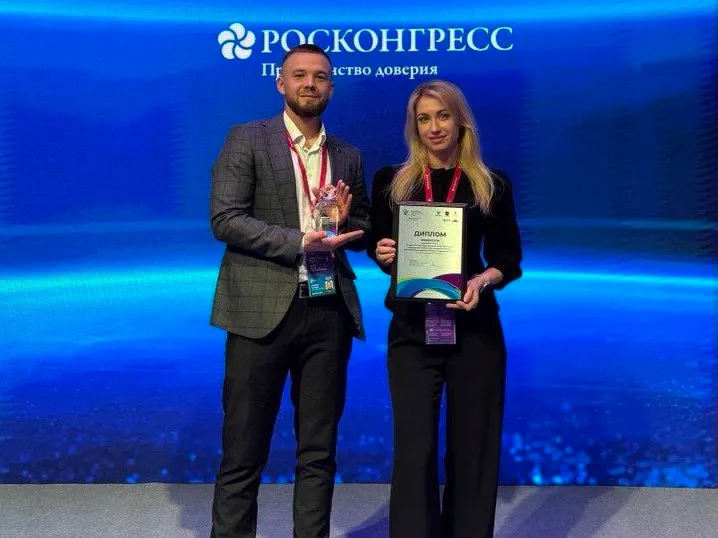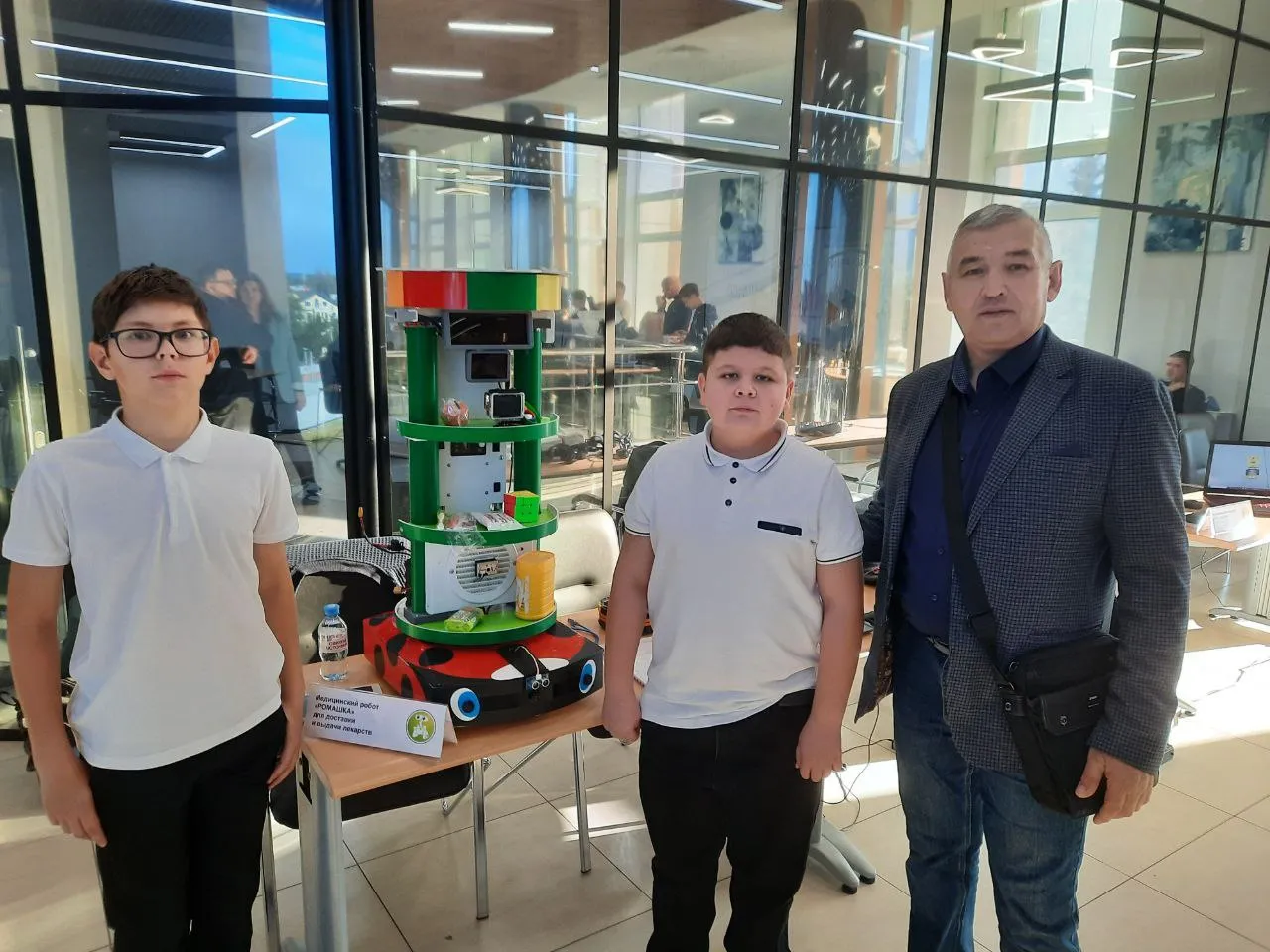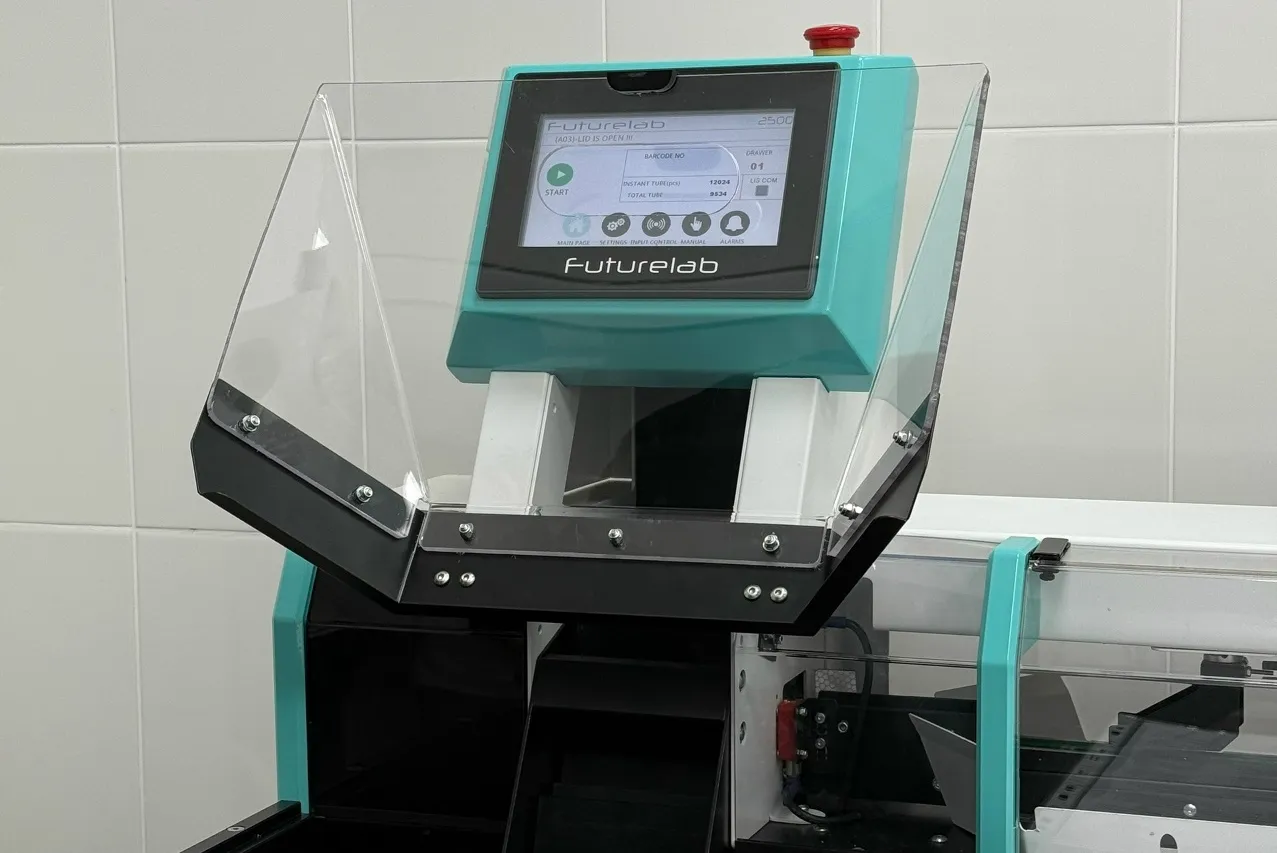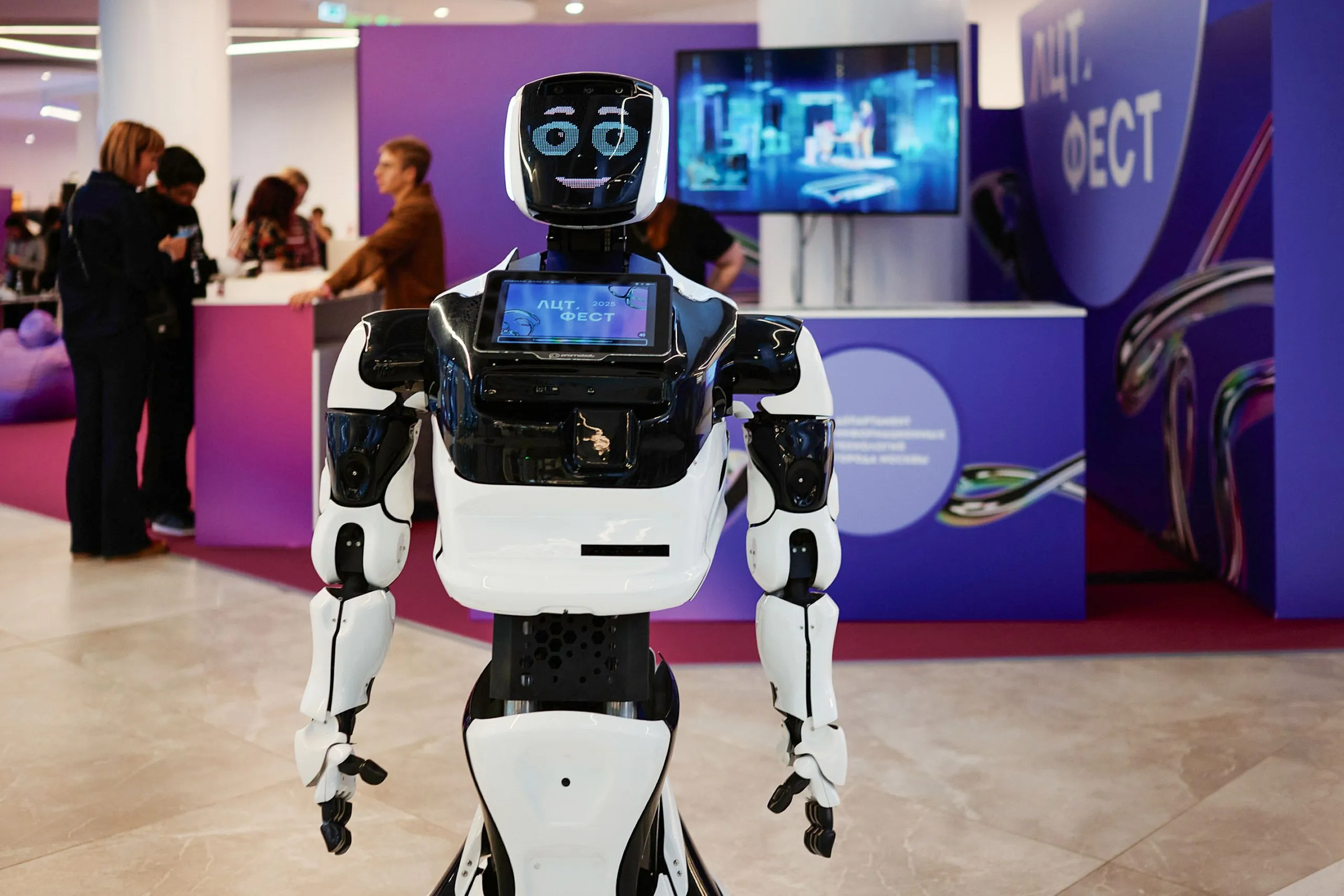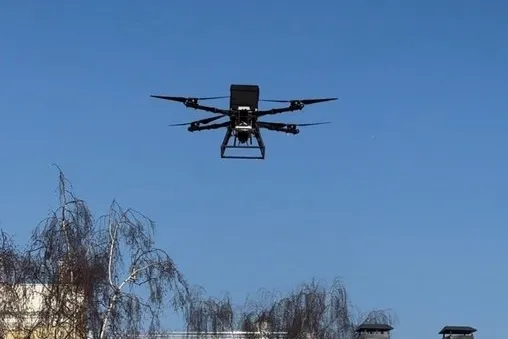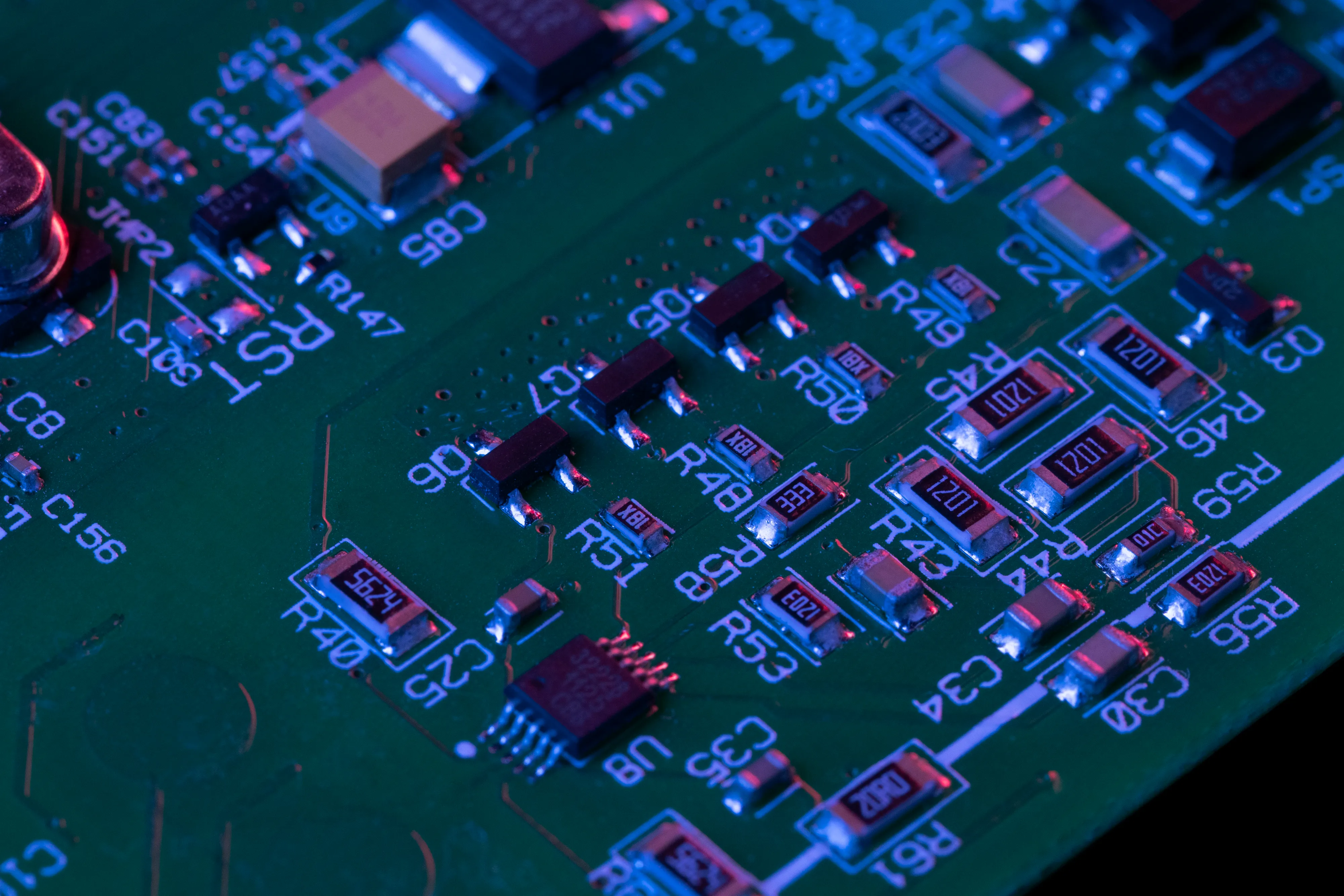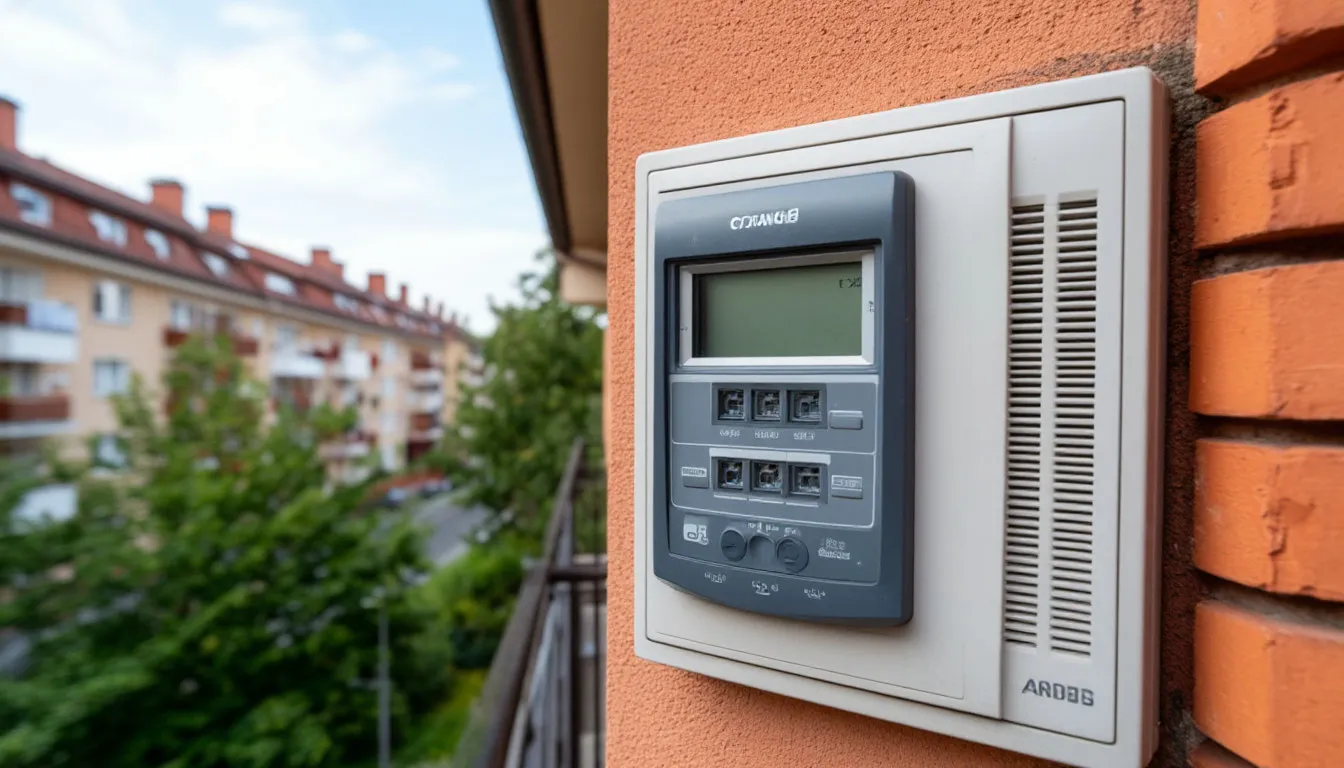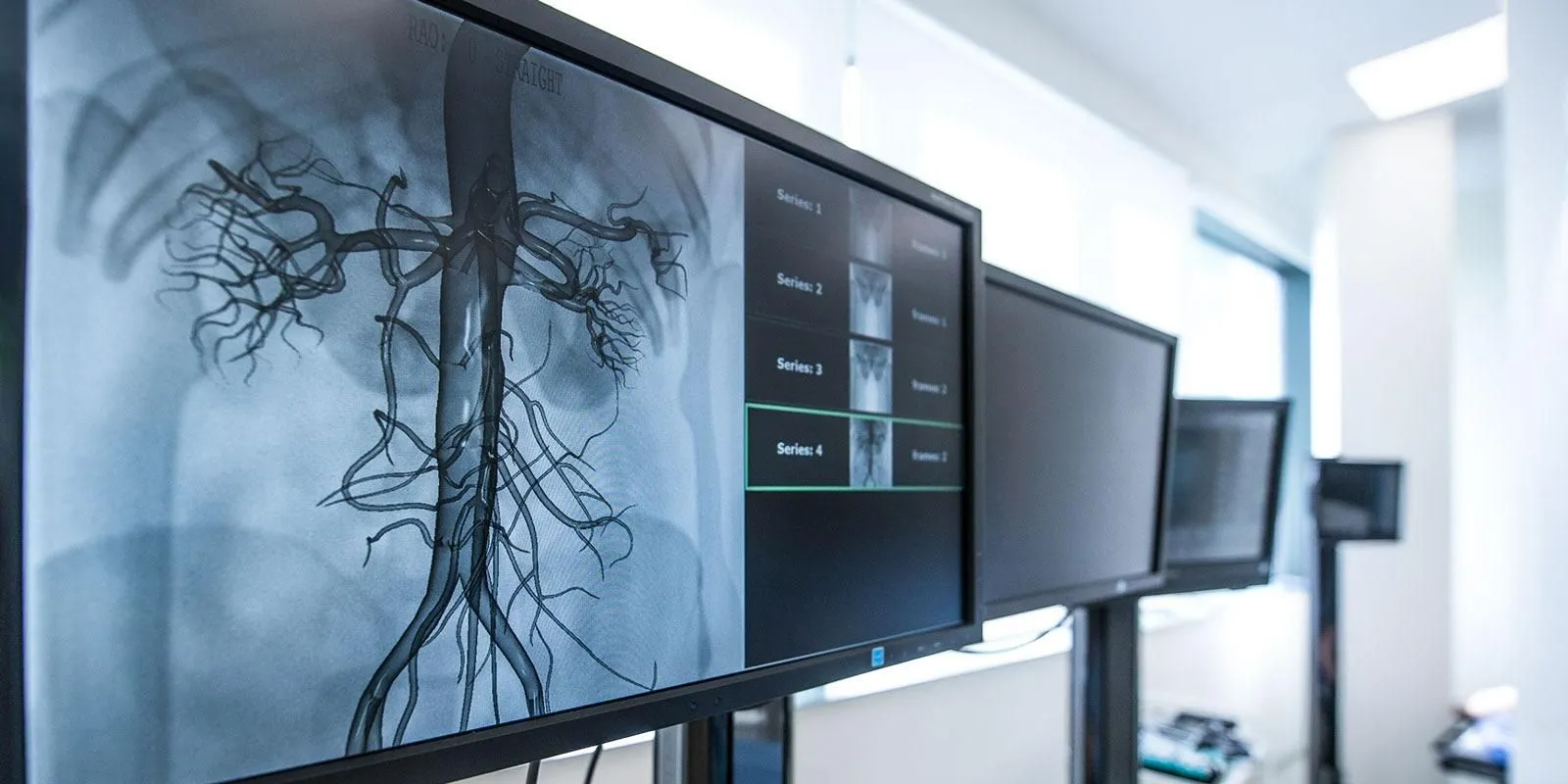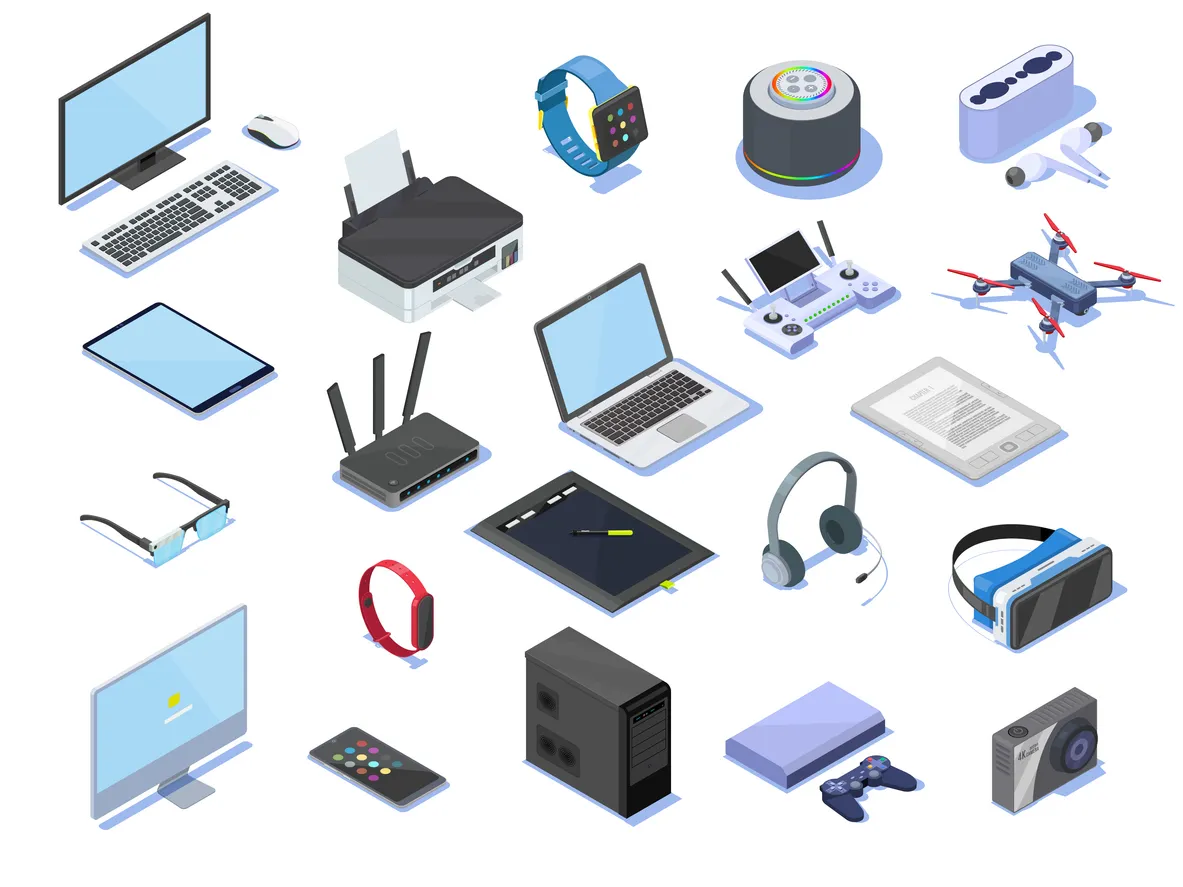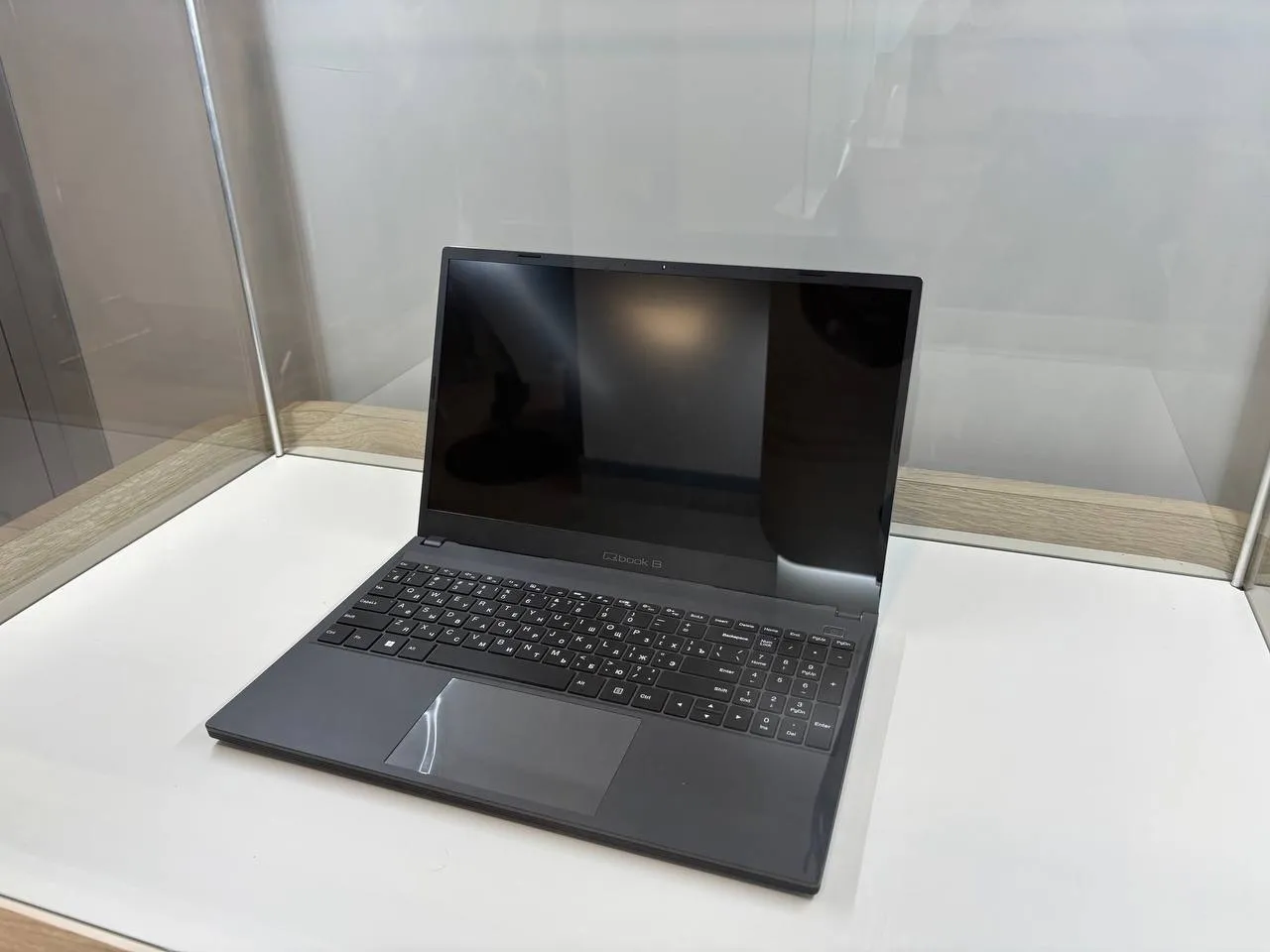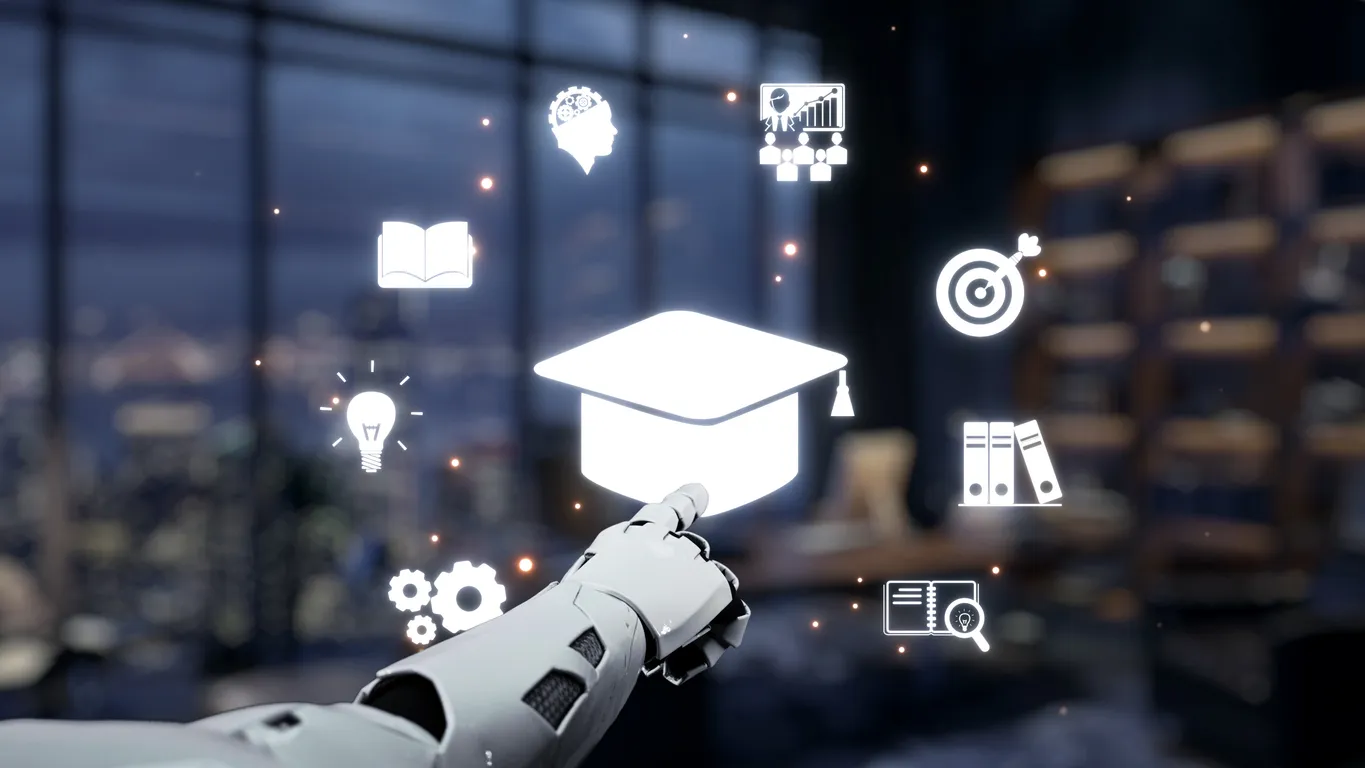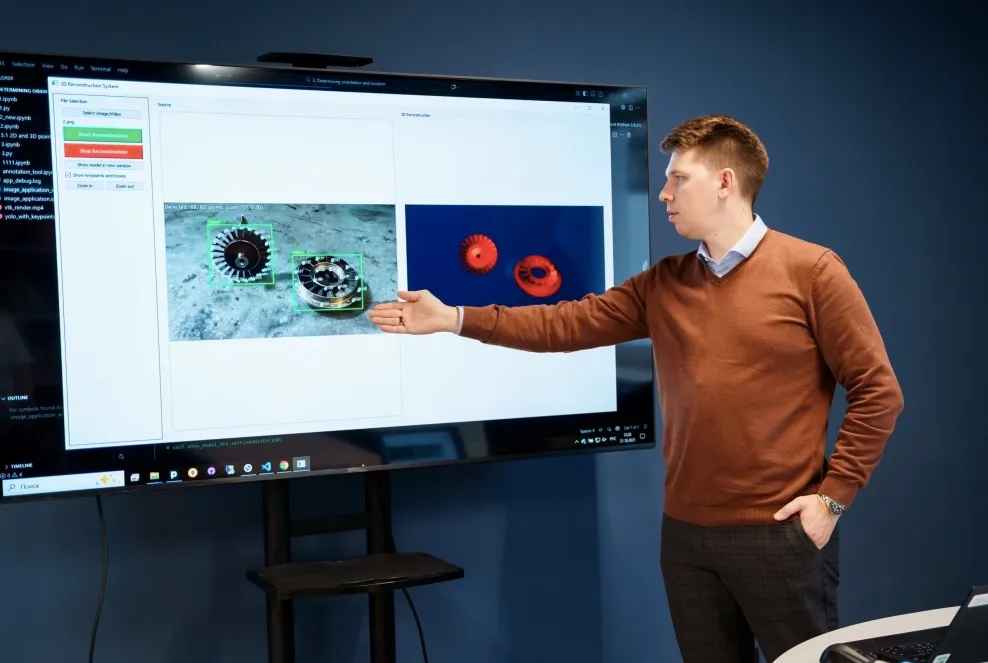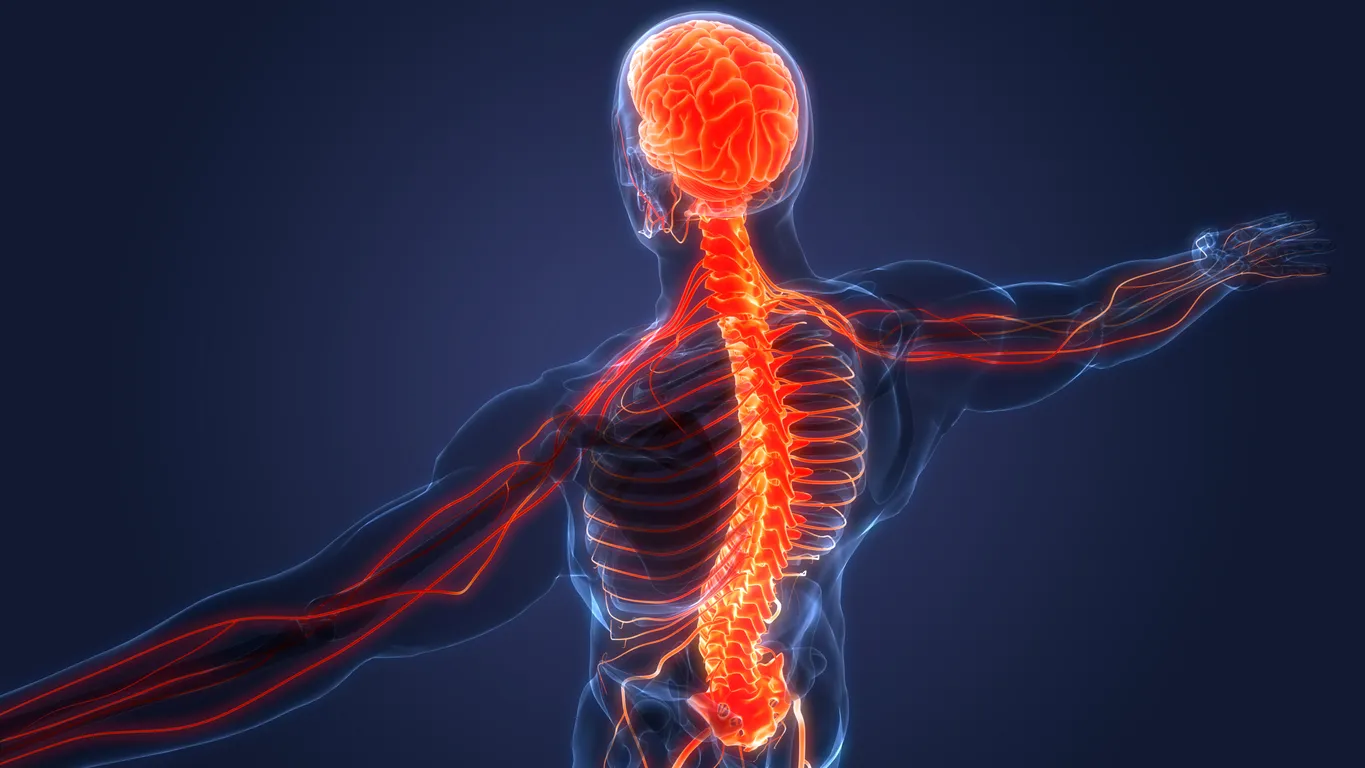Russian Scientists Create Virtual Cell Model to Treat Tumors and Severe Wounds
A new digital model simulates the behavior of living tissues, helping predict tumor growth and the healing of serious injuries.

Researchers at the Perm National Research Polytechnic University have developed a virtual model of epithelial tissue capable of replicating how real cells behave during disease or injury. The breakthrough could enable doctors to predict cancer progression and wound healing with unprecedented accuracy.
What makes the model unique is its combined approach—it simultaneously accounts for the mechanical properties of individual cells (their shape, ability to divide, and movement) and the biochemical signals that regulate tissue behavior.
To test their system, scientists simulated a virtual cut: the digital cells moved in unison toward the “wound,” closing it just as living tissue would. The result validated the algorithm’s precision and its potential for medical applications.
A New Window Into Disease
The technology opens up new possibilities for early diagnosis and personalized treatment. By visualizing what happens at the very beginning of pathological processes—long before symptoms appear—it reveals how stress zones and energy imbalances emerge inside tissue. These disruptions often lead to fibrosis, chronic ulcers, or uncontrolled tumor growth.
In the future, doctors could use a patient’s own tissue sample to create a personalized digital twin. By adjusting the model’s parameters, they would be able to simulate how tumors respond to different therapies, selecting the most effective treatment strategy before the disease reaches a dangerous stage.
This fusion of biology and computation could mark a major step toward virtual medicine, where algorithms model the body’s healing process before the first incision is ever made.



